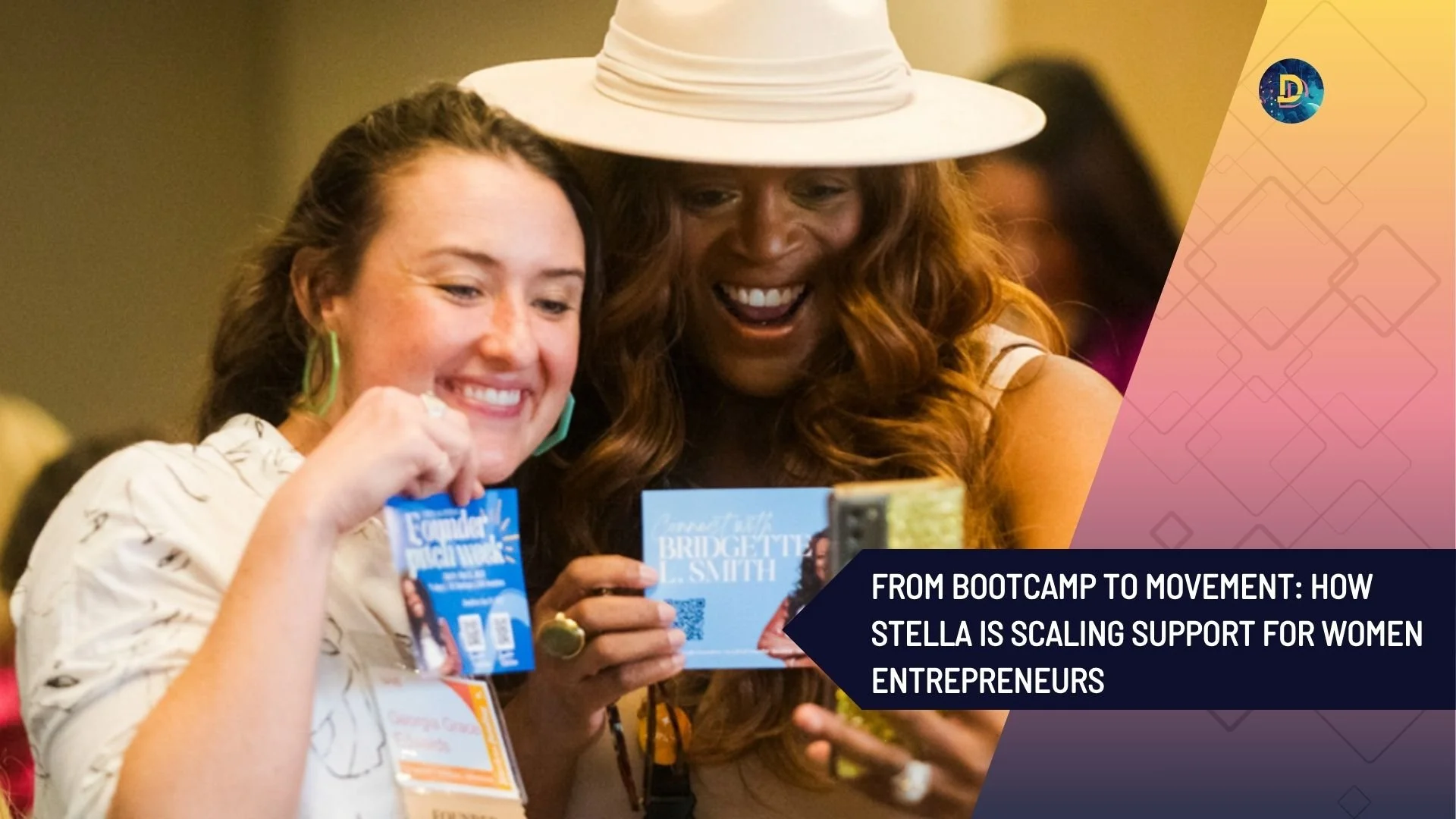Why this investor-builder thinks venture needs alternatives, not more of the same
tl;dr
Alicia Robb, founder of Next Wave Impact, is rethinking how capital flows by teaching women to invest and funding startups with purpose.
From Rising Tide to Kachuwa Impact Fund, she’s creating models that make investing more inclusive, patient, and values-driven.
Her mission is simple but radical: build a financial system that serves people, planet, and long-term impact, not just quick returns.
Alicia Robb has built a career on questioning how capital works, and for whom. As the founder and CEO of Next Wave Impact and managing director of Next Wave Impact US Fund I, she has spent years reimagining what it means to invest for both profit and purpose. Her work bridges research, activism, and applied finance, testing new ways to teach women how to invest, democratizing access to capital, and redesigning the very architecture of venture funding.
From research to real-world experiments
Before building funds, Robb spent years studying entrepreneurship at the Kauffman Foundation, where she researched the gender and racial gaps in both founding and funding. Her research led to a striking realization: most women aren’t angel investors, not because of disinterest, but because of access. “They don’t know about it, they’ve never heard of it, they don’t know other angel investors, they don’t see deal flow,” she says. “They feel like they don’t know how, and they’re risk-averse to making that first investment.”
In response, Robb launched Rising Tide, a pilot fund designed to teach women by doing. Ninety-nine women joined, each contributing $10,000 to a collective $1 million pool. Over a year, the group deployed that capital into ten startups, guided by an investment committee of nine experienced investors who mentored the ninety women new to investing. The model gave participants exposure, education, and confidence; many went on to become angel investors or fund managers themselves.
Scaling the vision: Next Wave Impact
Encouraged by Rising Tide’s results, Robb built Next Wave Impact, a fund structured around the U.N. Sustainable Development Goals and designed to channel early-stage capital into companies solving real problems in areas like clean tech, education, and financial inclusion.
The fund backed 15 companies, all but one of them women-led, and structured itself to balance learning with financial rigor. “We did three capital calls over three years with a minimum total investment of $30,000 rather than $10,000,” she explains. “Many women invested much larger amounts, and the larger fund size allowed us to do follow-on investments, which we did into nine of our fifteen portfolio companies.”
Yet Robb is candid about the limits of small-scale ventures. The math, she says, is unforgiving. “It’s a tough, tough question,” she admits. “In terms of the legal and financial costs of putting together a fund, the economics of small funds just don’t make sense.” She dropped the management fee to one percent to push more capital to entrepreneurs, but the model is difficult to sustain.
Searching for better models
Robb’s answer to venture’s inefficiencies is not to abandon investing, but to help reinvent it. She is now Vice President and one of the investment committee of the Kachuwa Impact Fund, an evergreen fund structured as a 60/40 split between impact real estate and impact companies. This public benefit corporation is a cooperative and accepts both accredited and non-accredited investors with just a $5,000 minimum and reopens for investment each summer. She emphasized that the low minimum investment threshold was a draw for her. She said that “we wanted to make this asset class available to anyone, not just the wealthy.” Another important element was its focus on impact first. “It’s designed to be patient capital,” she says, capital that moves at the same pace as the entrepreneurs it supports. They target a long-term return of 5.5% to 8% annually, paid out in annual dividends.
Robb also points to other creative experiments: funds that help companies transition to employee ownership, or fund-of-funds that channel resources more equitably. The common thread is alignment. “We need more models that match the time horizons and missions of founders,” she says, “not just more 80/20 VC funds built around quick exits.”
Practical lessons for new investors
Robb’s advice to new angels is grounded and precise. “Have an investment thesis,” she says. “Join an angel group or network so you can see enough deal flow. Look at forty deals before you ever write that first check.” She sees crowdfunding as an interesting way to start small and learn, though she cautions against expecting big returns. “Treat it as a learning experience,” she adds.
Progress is visible. “More than 30 percent of new angels are women now,” Robb says. Gender-lens funds, regional angel networks, and impact syndicates are multiplying. But she reminds us that access alone doesn’t fix deeper structural issues. True change, she argues, requires a rethinking of incentives and timeframes, the invisible architecture of finance.
What drives her
For Robb, this work is as personal as it is systemic. She talks about wanting to build a “more compassionate planet,” and she often links her worldview to her lifelong commitment to veganism, seeing both as acts of alignment between values and systems. “It’s about creating an economy that reflects care and sustainability,” she says, “not just efficiency.”
The throughline across her career is clear. From the Rising Tide experiment to Next Wave Impact and Kachuwa Impact Fund, Robb has shown that changing who invests matters, but changing how capital is structured matters even more. Her message is as much a challenge as it is a vision: innovation in venture will come not from replicating what exists, but from building the alternatives that entrepreneurs and the planet actually need.
























